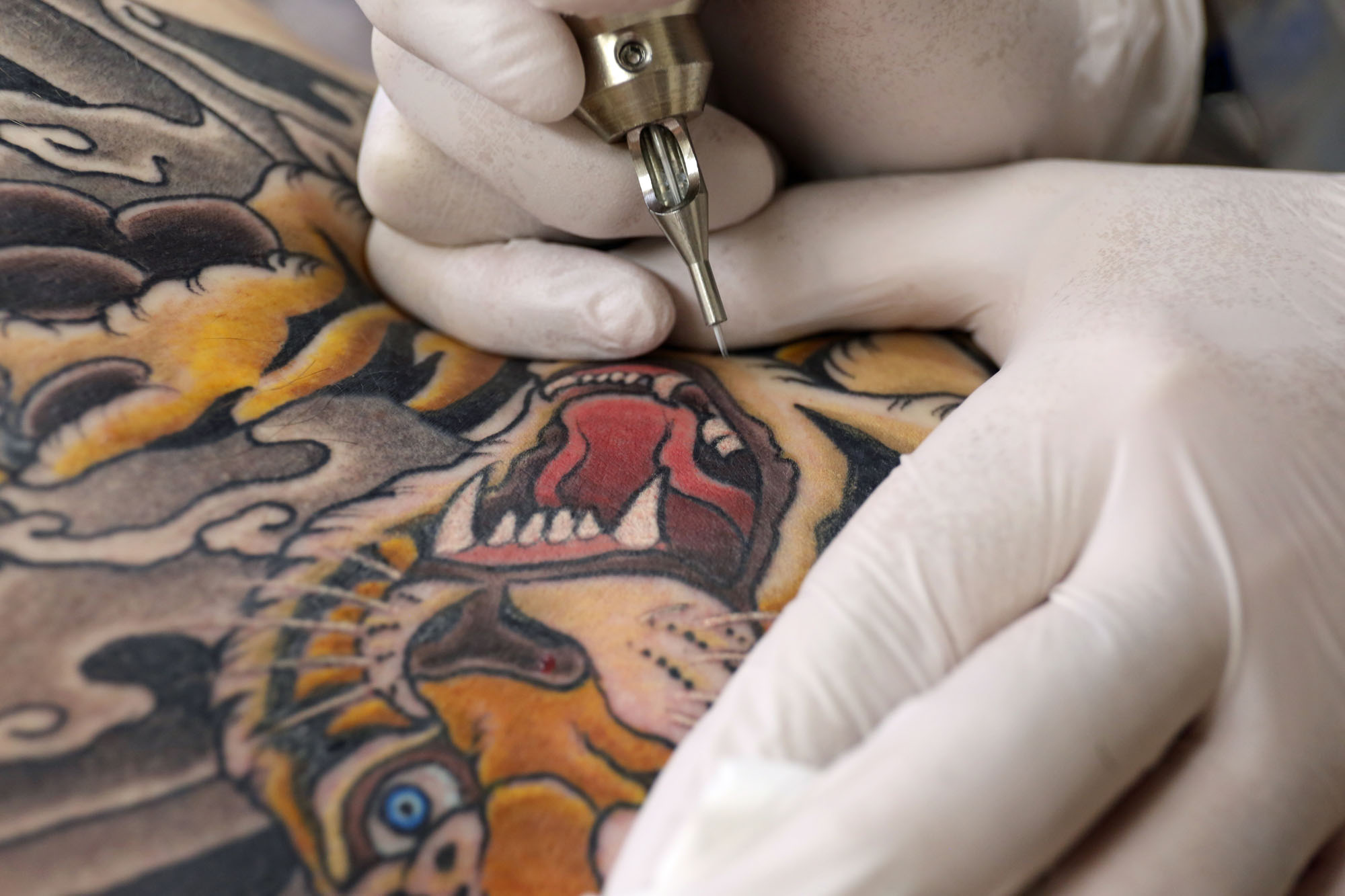Under glowering clouds, I decide to explore the area around Tabata Station in Tokyo. Though recently renovated, the station is one of Tokyo's oldest depots, dating from 1896. The station offers nifty spots for watching shinkansen trains bullet by, but I take the north exit to find the Tabata Bunshi Mura Kinenkan (Memorial Museum of Writers and Artists).
Light rain begins to fall, so I tuck my camera under my arm football-style and make a two-minute sprint to the museum. Entrance is free — a pleasant surprise — but I note that all the displays are in Japanese. Naoko Kikuchi, 34, whose business card identifies her as the museum's "investigator," observes that I'm moving like molasses as I slowly read the displays, and kindly squeezes out from behind the reception desk to help me navigate the facility.
Through Kikuchi's vivid descriptions, I can picture Tabata (literally, "field edge") as a rural village teeming with potters, painters and penmen in the early 1900s. They gathered here thanks to the area's low rents and walking proximity to the then newly opened Tokyo School of Fine Arts (today known as Tokyo University of the Arts). Tabata's list of 102 luminaries is a virtual who's who of the Japanese arts scene: authors Tenshin Okakura, Kan Kikuchi, Sanjugo Naoki, and Fumiko Hayashi; painters Yumeji Takehisa and Hoan Kosugi; and potter Hazan Itaya.


















With your current subscription plan you can comment on stories. However, before writing your first comment, please create a display name in the Profile section of your subscriber account page.